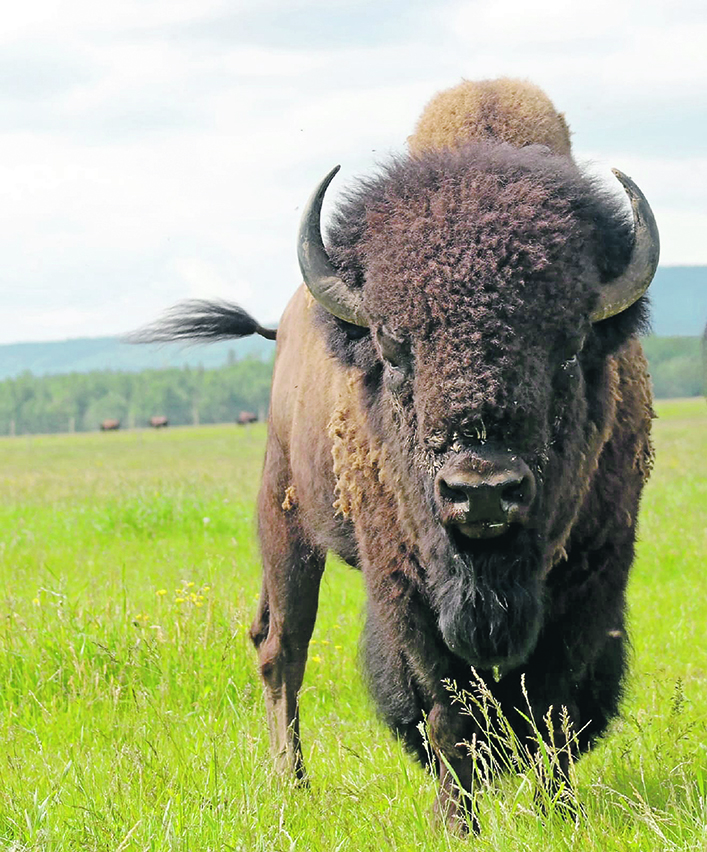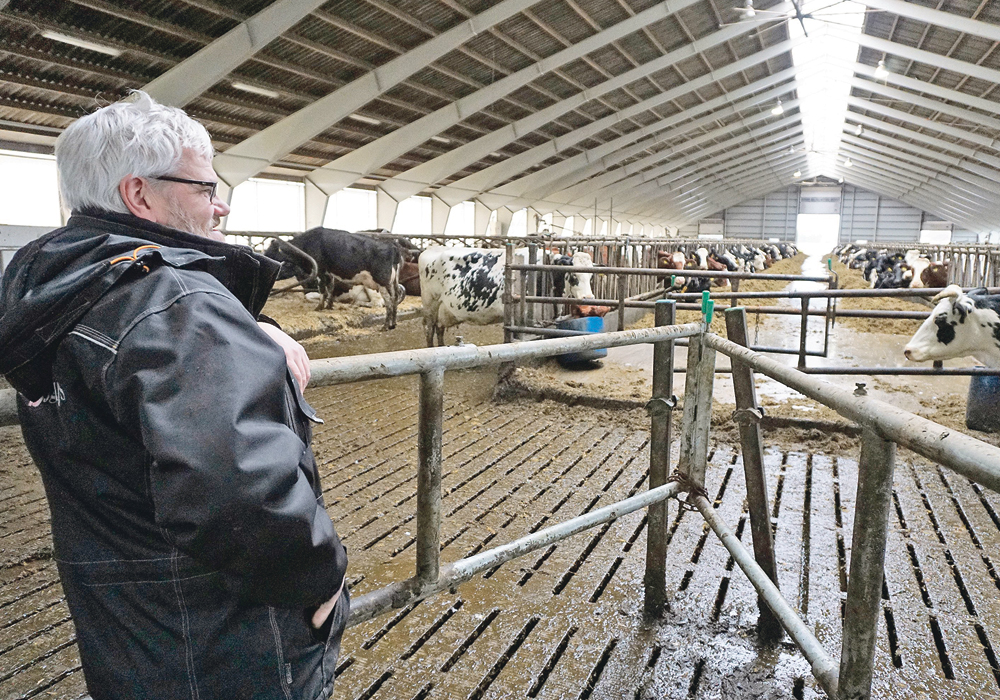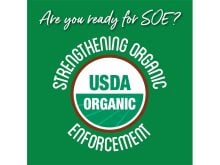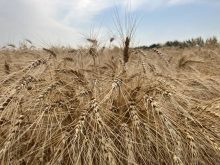Business diversification project grows into Bison Guy brand that offers online sales throughout British Columbia
A bison producer in northeastern British Columbia officially opened in late August an on-farm processing plant that will prepare a wide range of meat cuts for clients.
Operating under the brand name Bison Guy, the Weder family of Hudson Hope, B.C., held an open house for their new 10,000 sq. foot, provincially certified processing facility Aug. 31.
“The plant has been operating for a few months, but we had some fine tuning and facility details to complete,” says Christoph Weder, who along with his wife, Erika, and four children Pasco, Nero, Oro and Luna, have been learning about the bison business for nine years.
“So with the facility complete, we thought we would give the public a chance to have a look at the operation,” says Weder.
“Building the plant was a big step, but it improves animal welfare as we market high-quality meat products, and with improved efficiency it also benefits the sustainability of our farming operation.”
While raising and marketing bison meat is a relatively new venture, the Weders have been involved in the livestock business for more than 20 years. Christoph and Erika established Spirit View Ranch at Rycroft, Alta., in 2003.
In 2013, they moved to the western side of the B.C. Peace River region, establishing Venator Ranches Ltd. near Hudson Hope. That today is an extensive beef cow-calf operation running about 1,200 head.
It wasn’t long after they moved to Hudson Hope that Weder bought a neighbouring property that logistically fit well with Venator Ranch.
“Primarily I wanted the house and the land,” says Weder. “But, the deal also included about 70 head of bison.”
That set in motion a business diversification project that has evolved and grown over the years into Bison Guy brand name bison meat products.
From that original 70 head, Weder did some culling and increased the number of producing female bison cows and the herd grew. Today, along with 350 cows, plus calves, and heifers and bulls all at some stage of being grass finished, the total bison herd numbers around 1,400 head.
The bison marketing program has developed over the years as well. In the early going, they marketed April-May born calves as they were weaned in January and February.
Later, the bison were sold as yearlings to a finishing feedlot.
“And then in 2019 we made the decision to finish these animals ourselves on grass,” says Weder.
“The rate of gain you get on a bison in finishing feedlot compared to being grass finished really isn’t that much different.
“Your feedlot feeding costs are higher and that feedlot environment is also stressful on the animals. Bison are still wild animals. They don’t do well in a feedlot.”
With extensive native and domestic pasture available, Weder began a grass finishing program that involved hauling finished animals to provincially approved processing facilities about a 2 1/2 hour drive away to Dawson Creek or to a Hutterite colony in the south Peace River area.
“There we were in 2019 with some beautiful bull bison being finished on grass,” says Weder. “They had a good rate of gain on a least cost feeding program and then in early 2020, COVID hit. That threw a wrench into everything.”
The market was affected as consumers stayed home, restaurants closed, and if an animal did need to be slaughtered, it was difficult to find a time slot at a licensed abattoir.
With finished animals on the farm, Weder offered some field harvesting opportunities to hunters looking for a bison hunt. But then, as a few months rolled by, the ranch started getting calls from customers looking for bison meat.
“We started getting calls from across the province,” says Weder. “We had calls from Osoyoos, Mackenzie, Prince George, Prince Rupert, Vancouver and Victoria from people looking for good quality bison meat. And I said sure, we can make this happen.”

As market-ready animals still had to be hauled 2 1/2 hours for processing, the Weders built their own processing facility. The plant was finished and certified in early 2023.
The processing facility has four full-time employees and can involve seven workers at peak processing periods. While they can also process beef cattle as well, the plant is intended to serve their own ranching operation, with no plans to offer custom slaughter services.
“All our sales are online through Bisonguy.ca and we take meat orders from all over the province,” says Weder. “We handle our own distribution, which cuts out that middleman.”
The bison begin calving in late April. Heifers will finish on grass in about 26 months, producing a carcass weight of about 550 pounds, while bulls finish at about 30 months producing a carcass of about 650 lb.
The Weders emphasize the natural quality of their bison meat products.
“It has become a popular term in recent years, but we have been running a regenerative agriculture ranching operation for 20 years,” says Weder.
“We don’t use any chemicals or antibiotics in the production of our livestock. I consider our operation beyond organic. These animals are ethically raised on pasture, all the nutrients go back onto soil, we use low-stress handling practices, and now with the new on-farm processing, we’ve made sure all bison are handled humanely with as little stress as possible.”

















